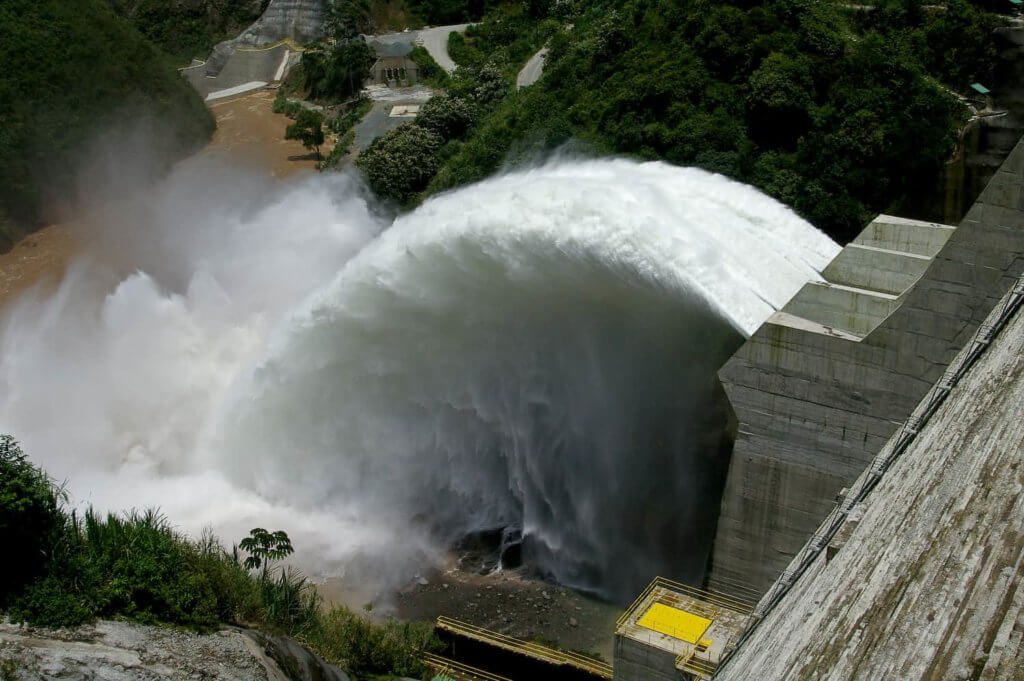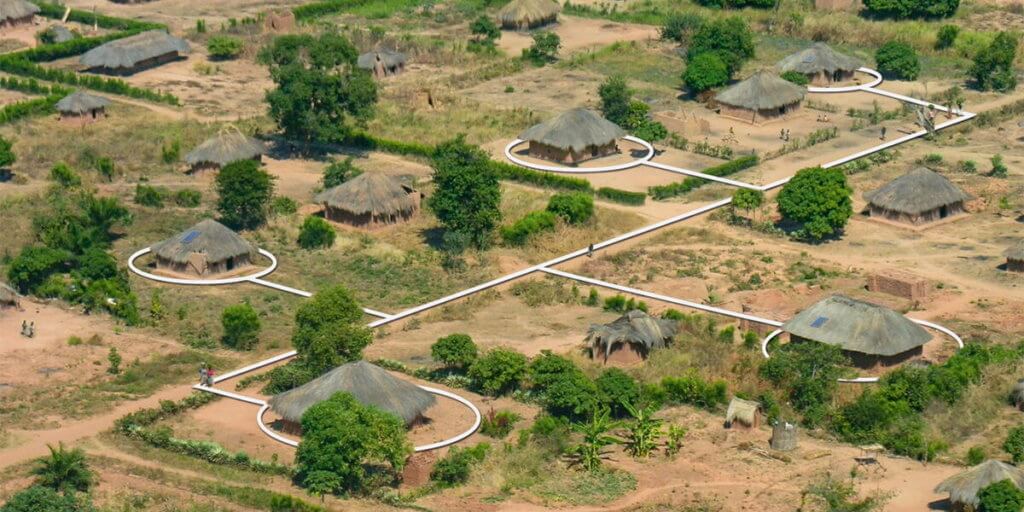Can 3rd world countries change to alternative power sources?
Absolutely! And many countries already are. For example, Costa Rica's energy is nearly entirely from renewable sources. Over 99% of the energy in Costa Rica was generated from renewable energy. The majority of this energy, 67.5 percent, comes from hydropower. Additionally, wind power generates 17 percent, geothermal sources make up 13.5 percent and biomass and solar panels comprise 0.84 percent.

Costa Rica set the record in 2017 for most consecutive days with renewable energy, with 300 consecutive days on renewable energy alone. In 2018, Costa Rica’s new president, Carlos Alvarado, announced at his inauguration that he plans to ban all fossil fuels and become the world’s first decarbonized country.
Another interesting development in renewable energy has been the increase in renewable microgrids. Microgrids are local energy grids with control capabilities, that can work independently to produce and supply power to small communities.

Solar minigrids in particular are being used in rural communities to replace diesel generators with renewable energy supplies. In the case of solar, a series of solar panels are all linked together to store the power in a shared battery and control room!
Other Sources:
https://ieeexplore.ieee.org/document/7991293











